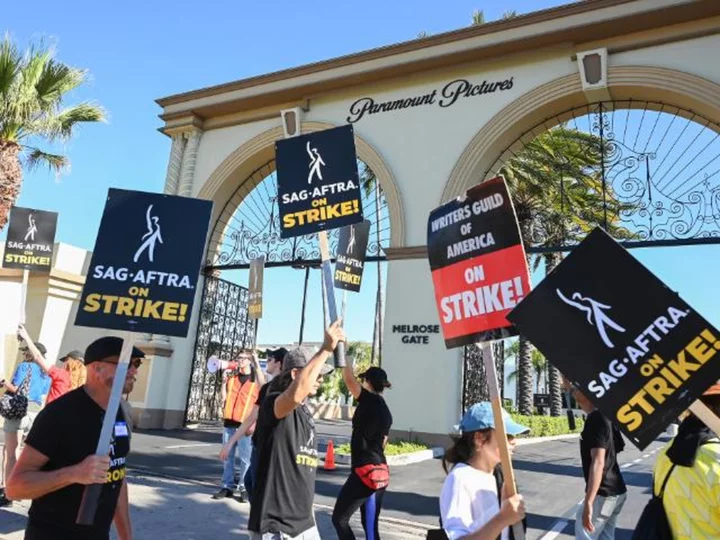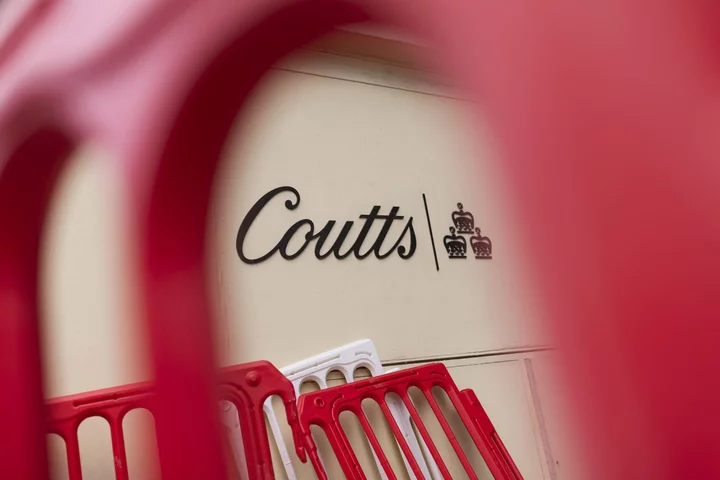By Lucia Mutikani
WASHINGTON The U.S. economy likely maintained a moderate pace of growth in the second quarter as labor market resilience underpinned consumer spending, while businesses boosted investment in equipment and built more factories, potentially keeping a much-feared recession at bay.
The Commerce Department's snapshot of second-quarter gross domestic product on Thursday is also expected to show the housing market slump nearing an end. Outside the housing market and manufacturing, the economy has largely weathered the 525 basis points in interest rate hikes from the Federal Reserve since March 2022 as the U.S. central bank battled inflation.
Economists have since late 2022 been forecasting a downturn, but with price pressures retreating, some now believe that the soft-landing scenario for the economy envisaged by the Fed is feasible. The central bank on Wednesday raised its policy by 25 basis points to a 5.25%-5.50% range.
"This will be another indication that the economy is not tipping into recession. Much of the effect of the rate hikes already has occurred," said Dean Maki, the chief economist at Point72 Asset Management in Stamford, Connecticut. "As long as the Fed is content that inflation is moderating at a fast enough pace, they're not going to implement the kind of additional rate hikes that would be needed to bring about a recession."
According to a Reuters survey of economists, GDP growth likely increased at a 1.8% annualized rate last quarter after rising at a 2.0% pace in the first quarter.
Consumer spending, which accounts for more than two-thirds of U.S. economic activity, likely remained a pillar of support, although the pace of growth slowed from the second quarter's robust 4.2% rate. Spending on long-lasting manufactured goods has slowed after booming during the COVID-19 pandemic. Services spending is, however, taking up some of the slack.
Spending is being propped up by excess savings accumulated during the pandemic, estimated by economists to be as much as $2.1 trillion at one point, debt and strong wage gains from the tight labor market as companies hoard workers after struggling to find labor during the pandemic. That is underscored by persistently low levels of layoffs.
The weekly jobless claims report from the Labor Department on Thursday is likely to show first-time applications for state unemployment benefits rising 7,000 to a seasonally adjusted 235,000 for the week ended July 22, according to a Reuters poll.
The number of people receiving benefits after an initial week of aid, a proxy for hiring, is seen falling to 1.750 million during the week ending July 15 from 1.754 million in the prior week. This covered the week that the government surveyed households for July's unemployment rate. At 3.6% in June, the jobless rate was not too far from multi-decade lows.
"There are some pockets of job losses being announced here and there, but it does appear that people are getting jobs rather quickly if they are losing their jobs," said Mike Skordeles, head of U.S. economics at Truist Advisory Services in Atlanta.
FACTORY CONSTRUCTION BOOMING
Business investment likely accelerated after almost stalling in the first quarter, thanks to an anticipated rebound in spending on equipment like aircraft and motor vehicles.
Efforts by President Joe Biden's administration to bring semiconductor manufacturing back to the United States are boosting factory construction. Investment in nonresidential structures like factories probably remained robust last quarter, contributing to the economy's resilience.
Further contribution to GDP growth was expected from government spending. Trade was likely a drag after adding to growth for four straight quarters.
Inventory investment is a wild card, though most economists are penciling in a contribution to GDP growth of at least five tenths of a percentage point. Business sharply reduced inventory accumulation in the January-March quarter in anticipation of weaker domestic demand, slicing 2.14 percentage points off GDP growth that period.
Though residential investment, which includes homebuilding, likely contracted for the ninth straight quarter, the decline was probably the shallowest in 1-1/2 years.
In the past, when the economy was heading into recession, homebuilding and auto production plunged. But these cyclical parts of the economy, including new home sales and auto sales are picking up, raising cautious optimism that the economy could skirt a recession, even as some analysts expected GDP to turn negative at some point.
"We'll see some slowing in the second half of the year, and possibly negative GDP in the first quarter," said Sean Snaith, director of the University of Central Florida's Institute for Economic Forecasting. "But will it rise to the level of a recession? That's less clear."
But some economists remain convinced that a recession is on the horizon, arguing that higher borrowing costs will eventually make it harder for consumers to fund their spending with debt.
They also noted that banks were tightening credit and excess savings continued to be run down. Slowing job growth was seen curbing wage gains.
"What we've been used to in the last couple of downturns is that everything kind of turns down at the same time," said Richard de Chazal, macro analyst at William Blair in London.
"What's different this time is that we're just seeing a slowdown that's being driven by the Fed. Over time rates are going to increasingly bite and the chances of a recession are higher than not having one."
(Reporting by Lucia Mutikani; Editing by Andrea Ricci)









